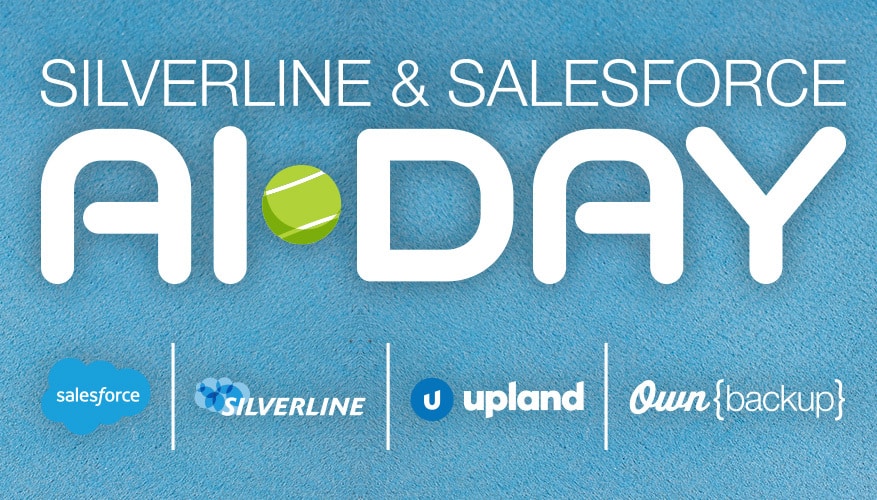Imagine if your data was a loaf of bread.
You’d want that loaf right out of the oven, right?
Then why do so many financial institutions use batch processes that take 8-10 hours to deliver data into the hands of users, so that by the time they need it, it’s already stale?
Stale data is a real problem in today’s fast-paced world, but for most companies, it’s just the way it’s always been done. This kind of lack of visibility into all of the different member activities means they’re always one step behind on engagement, channels, and revenue potential. Without this kind of 360-degree view of the customer, it’s impossible to personalize the customer journey in banking — and that’s just what you’ll need to do to stand out.
Why every financial services company should personalize the customer journey
In banking, you need to know what each of your clients or members has from a financial account standpoint.
But it’s more than that. You need to know what a quality relationship looks like with a member or client, and how to define quality — so you can cultivate those relationships from new and existing clients.
Think about your ideal customer.
- Who are they?
- How did they find you in the first place?
- What kind of product mix are they interested in?
- Are they in a certain persona group?
- What communication preferences do they have?
Client preferences, solutions, and needs change as they move through the customer lifecycle. Without visibility into customer engagement, it’ll be impossible to know what to do next, and what potential revenue opportunities you have.
Beyond this persona information, you also need to know how they’re using your products and services. In order to drive more engagement and revenue, you need to know:
- Are they using a specific financial counselor, online banking, or both?
- Do they have direct deposit set up for their paycheck?
- Is bill pay automatic?
- How often do they log in? When they do, what does that session look like?
The more you know about their behavior, the more you can predict what they may be interested in next. For instance, if they have a specific bank account they’ve nicknamed, “House Fund” or “Saving for a House,” you should reach out to them about mortgage opportunities. Or maybe they’ve already applied and so you have some visibility into assets or liabilities at other institutions.
You already know more about their financial picture than they likely do. Now you need to use the appropriate information to add value for them.
Data builds a personalization engine that drives engagement
As you start to engage with a member or client, 360-degree data can give you the ability to watch the engagement in real-time (via Interaction Studio, Customer 360, or Pardot page actions, etc.) and bring the rest of the organization to the table, knowing what normal behavior looks like for a certain member and what signals they may make to indicate they’re ready for more — or having a problem that needs to be addressed. Personalizing the customer journey in banking starts here.
That’s because data builds the foundation for your experience. With so much discussion of AI and digital transformation, it’s easy to forget that at the end of the day, your clients are individual people, and you need to treat them that way.
Data gives you the opportunity to bridge the human and digital experience, bringing some automation and insights that help your agents capitalize on opportunities that arise as a person gains more financial maturity or independence. Say, for example, a member’s savings account has gone up unexpectedly or their direct deposit increased. Maybe they got a promotion, maybe they got a new job, and that’s exactly the type of flag the front lines can use to see their next opportunity to engage with or guide a customer.
That way you’ll know exactly when they’re ready to engage with you, and you can do so on their terms.
Using data to personalize the customer journey in banking
A 360-degree view also means you can work together with every area of your organization. Once you have those key indicators — knowing when a member may be interested in doing business with you beyond their checking or savings account, like a mortgage or car loan — you can use the full power of your organization.
Take, for example, when a member engages with a home equity line of credit offer ad on Facebook. They click on an ad, and maybe they land on your website, but then they disappear. You can then send a follow-up email or a phone call so you can target the right people at the right time, just when you’re top of mind.
With your sales, marketing, and customer success teams looking at the same data, everyone can work together to drive conversions and increased success — and personalization of the customer journey is the key to that.
Your banking customers expect that you’re going to deal with them on their terms, not yours. By connecting all of our different experiences related to origination servicing, from physical interactions or touch points where a client has a conversation with a banker or they call and ask questions, you can collaborate around customer satisfaction and drive the conversation.
That’s what it takes to personalize the customer journey in banking today.
Technology-powered customer satisfaction
What’s going to drive engagement and customer satisfaction is your team’s ability to go beyond set-and-forget campaigns to really listen to what a client needs and help them move forward in their financial journey. The more they see you as a trusted financial advisor, rather than a faceless institution, the more you’ll see customer retention and share of wallet expansion.
With Silverline’s deep expertise in the financial sector, we’ve helped countless clients organize and harness the power of their data to build a better customer experience. I recently implemented 360-member data at Michigan-based credit union, driving a 60% increase in credit card opportunities created and $4 million increase in monthly revenue. By using Salesforce to lock and close opportunities generated specifically from those identified tipping points — where member clients showed engagement — we could build a holistic strategy for the sales, marketing, and customer success teams, all powered by data.
Learn more about Silverline’s deep expertise in the financial services industry.




